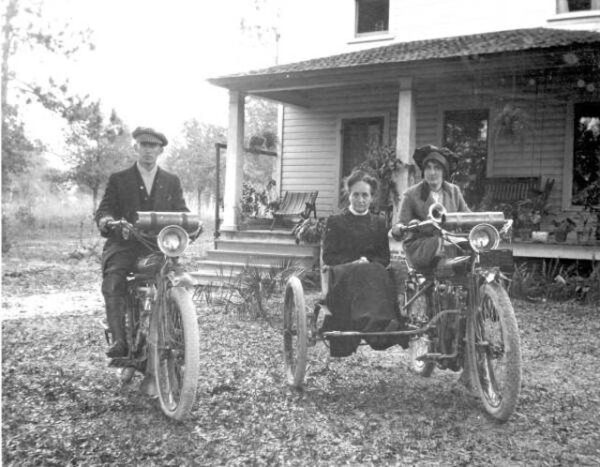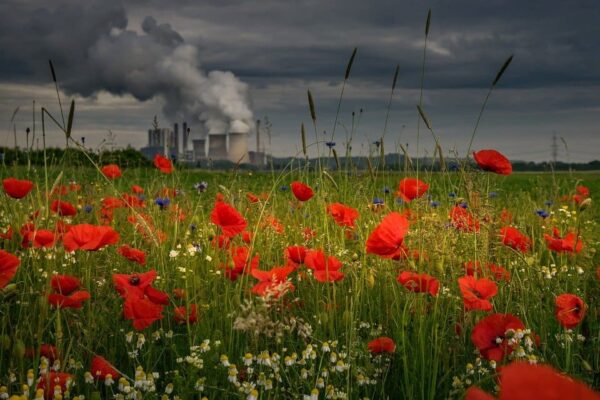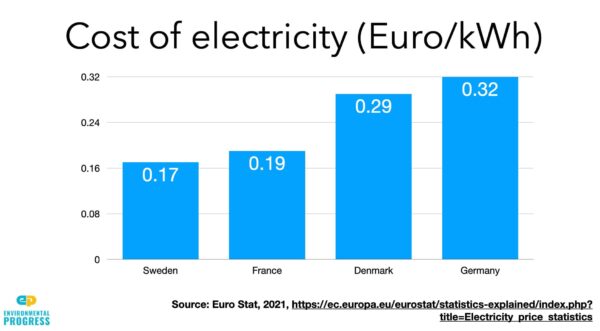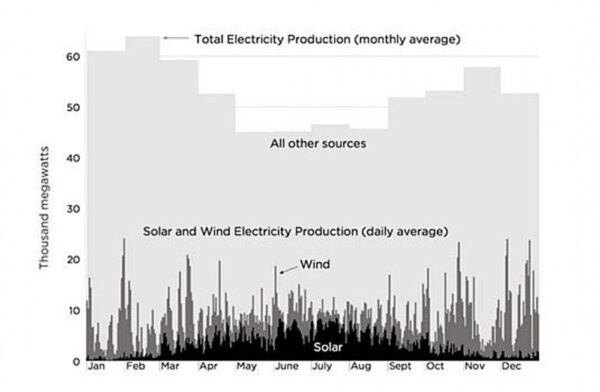NCOM Biker Newsbytes for March 2022
Industry & Legislative Motorcycle News from USA and the world Compiled & Edited by Bill Bish National Coalition of Motorcyclists (NCOM) News provides updates on motorcycle industry, market, legislation, rights of bikers, motorcyclists in USA, and motorcycle news from around the world. In this bulletin: MOTORCYCLISTS HELP OUT UKRAINE E.U. BANS MOTORCYCLE EXPORTS TO RUSSIA U.S. TRAFFIC FATALITIES / FATALITY RATE HIGHEST IN A DECADE ARIZONA LEGISLATURE APPROVES LANE FILTERING NEW HAMPSHIRE LEGISLATOR CLAIMS BEING PROFILED FOR RIDING A MOTORCYCLE MOTORCYCLES ARE GOOD FOR YOUR BRAIN AND BODY SMART MOTORWAY FAILS 2022 NCOM CONVENTION – NEW DATES & LOCATION ANNOUNCED CLICK HERE To Read the March 2022 NCOM Newsbytes on Bikernet.com The National Coalition of Motorcyclists (NCOM) is a nationwide motorcyclists rights organization serving over 2,000 NCOM Member Groups throughout the United States, with all services fully-funded through Aid to Injured Motorcyclist (AIM) Attorneys available in each state who donate a portion of their legal fees from motorcycle accidents back into the NCOM Network of Biker Services (www.ON-A-BIKE.com / 800-ON-A-BIKE). Sign-up for Bikernet Free Weekly Newsletter to stay updated on Motorcycle market news, products, tech, reviews, events CLICK Here to get all motorcycle industry updates once a week – its FREE!!!
NCOM Biker Newsbytes for March 2022 Read More »










